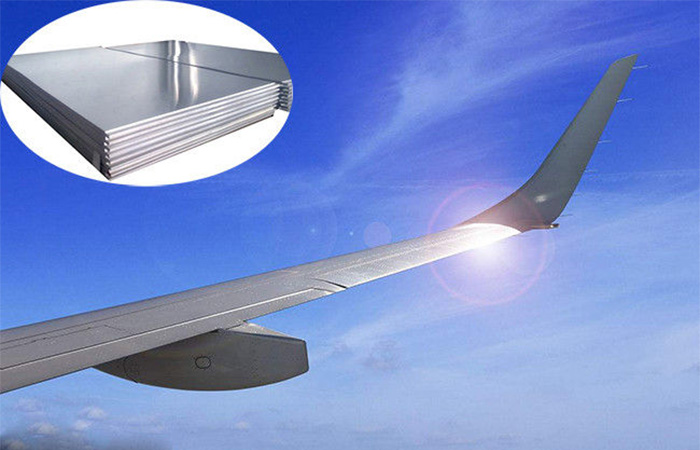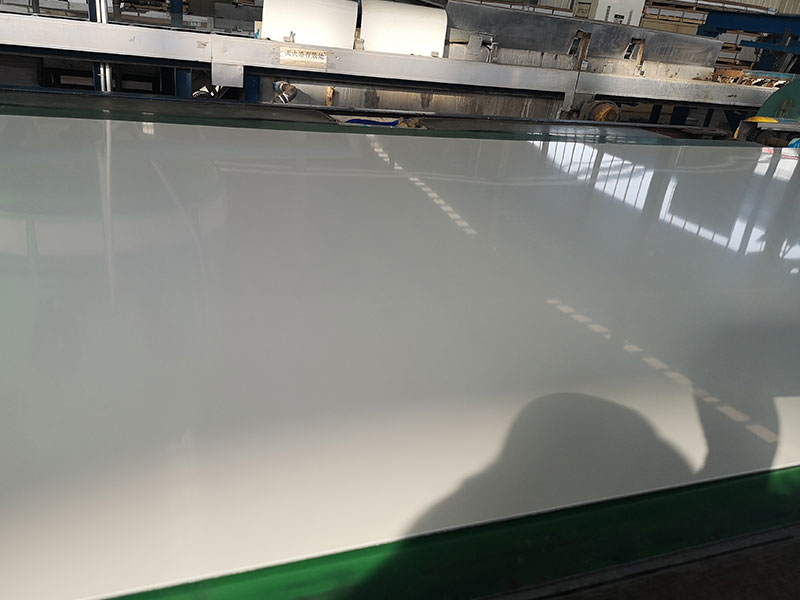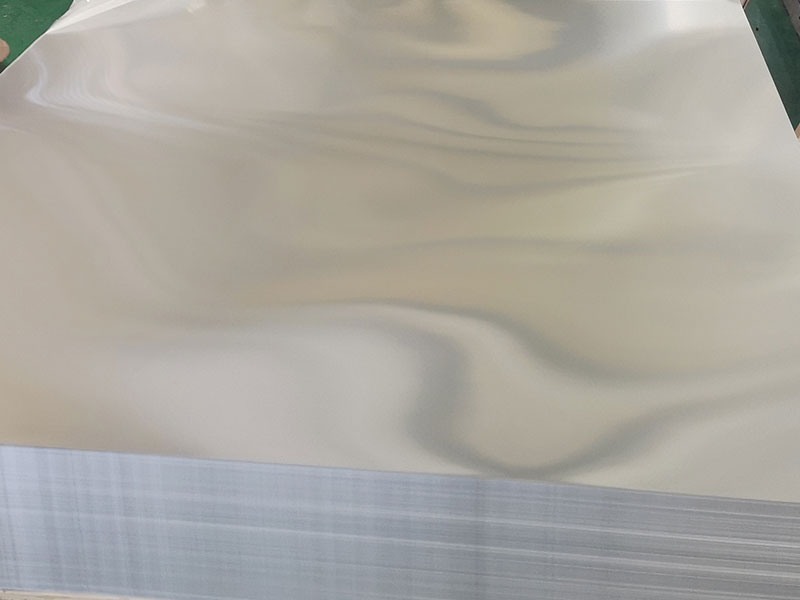4ft x 8ft aluminum sheet
In the modern world of manufacturing and construction, the use of aluminum sheets has become increasingly prominent due to their lightweight, durability, and resistance to corrosion. Among the various sizes available, the 4ft x 8ft aluminum sheet has emerged as a go-to choice for both professionals and DIY enthusiasts alike.
The Dimensions That Work for You
The dimensions of the 4ft x 8ft aluminum sheet (1219 mm x 2438 mm) are not arbitrary; they have been formulated from years of feedback and practical use. These specific measurements mean that the sheet fits perfectly within the confines of regular transport vehicles yet also provides ample surface area for various projects.
For instance, utilizing the full length allows for efficient use of materials when creating automotive panels, signage, and structural elements in buildings. As those familiar with engineering can attest, these dimensions are crafted to minimize waste while maximizing efficacy.
Material Composition and Properties
Aluminum sheets, commonly available in various alloys, hold distinct characteristics based on their chemical composition. Here’s a basic chemical properties table that one might find useful when the different varieties of aluminum alloy sheets:
| Alloy Series | Main Alloying Elements | Properties | Common Tempering |
|---|---|---|---|
| 1000 Series | >99% Aluminum | Excellent corrosion resistance; high thermal conductivity; lacks strength. | H14, H16, H18 |
| 2000 Series | Copper | High strength; less corrosion resistance. | T3, T4, T6 |
| 3000 Series | Manganese | Moderate strength; good corrosion resistance. | H14, H16, H18 |
| 5000 Series | Magnesium | Excellent corrosion resistance; weldable; moderate strength. | H32, H34, H36 |
| 6000 Series | Magnesium and Silicon | Good corrosion resistance; good workability; ideal for structural components. | T5, T6 |
| 7000 Series | Zinc | Extremely high strength; used often in aerospace applications. | T6, T651 |
These alloys dictate numerous factors: strength, weight, corrosion resistance, etc. For general use, a 3003-H14 alloy could be said to be the "go-to" choice. Its excellent machining properties paired with good corrosion resistance makes it suitable for roofing, siding, and other architectural applications.
Environmental Considerations
In light of contemporary environmental consciousness, aluminum sheets made from recycled aluminum are becoming more commonplace. When pursuing a 4ft x 8ft aluminum sheet, it's worth verifying if the supplier sources recycled materials—alloying adds another value layer to its lifecycle. The recycling process utilizes only about 5% of the energy of primary production and emits far fewer greenhouse gases. Opting for recycled aluminum products fittingly aligns with sustainable practices.
Applications for Every Need
One of the remarkable characteristics of a 4ft x 8ft aluminum sheet is its versatility.
Construction and Building: It’s frequent to see aluminum sheets being used in sidings, roofs, and interior wall panels because of their strength-to-weight ratio and rust-proof characteristics.
Automotive Industry: Manufacturers seismicingly rely on lightweight aluminum for body panels. Reducing vehicle weight has direct benefits on fuel efficiency and handling.
Art and Design: Artists and designers utilize these sheets for aluminum artwork, furniture, or trendy décor pieces, offering a modern aesthetic with durability.
Signage: Businesses often use the robust nature of 4ft x 8ft sheets for long-lasting outdoor signs. Their ability to resist environmental degradation makes them an optimal choice for this purpose.
Workability and Fabrication
The workability of the aluminum sheets largely depends on the tempering and alloy.
Cutting Techniques: Plasma cutting and saw cutting are often the chosen methods. High-speed tooling works best with the aluminum, regardless of whether you’re sawing or using mechanical shear.
Forming: This requires yield strength so that sheets don't crumple under manipulation. Forming via bending typically employs larger-radius fixtures for bending aircraft structures.
Welding and Joining: Techniques like TIG and MIG welding are recommended due to their precision. Intermediate skill in aluminum application can reduce distortion and keep finishing results smooth.
https://www.aluminumplate.net/a/4ft-x-8ft-aluminum-sheet.html







